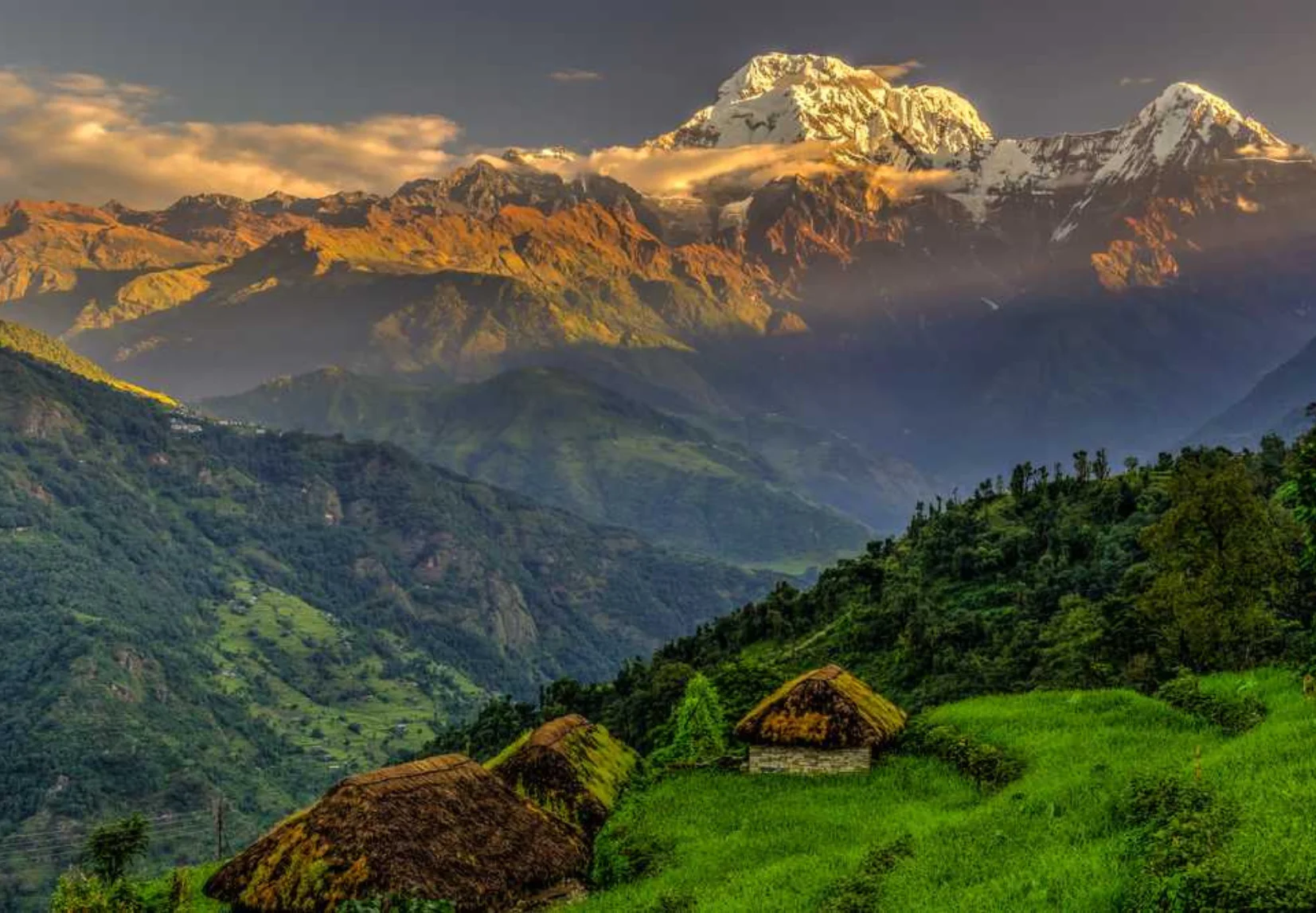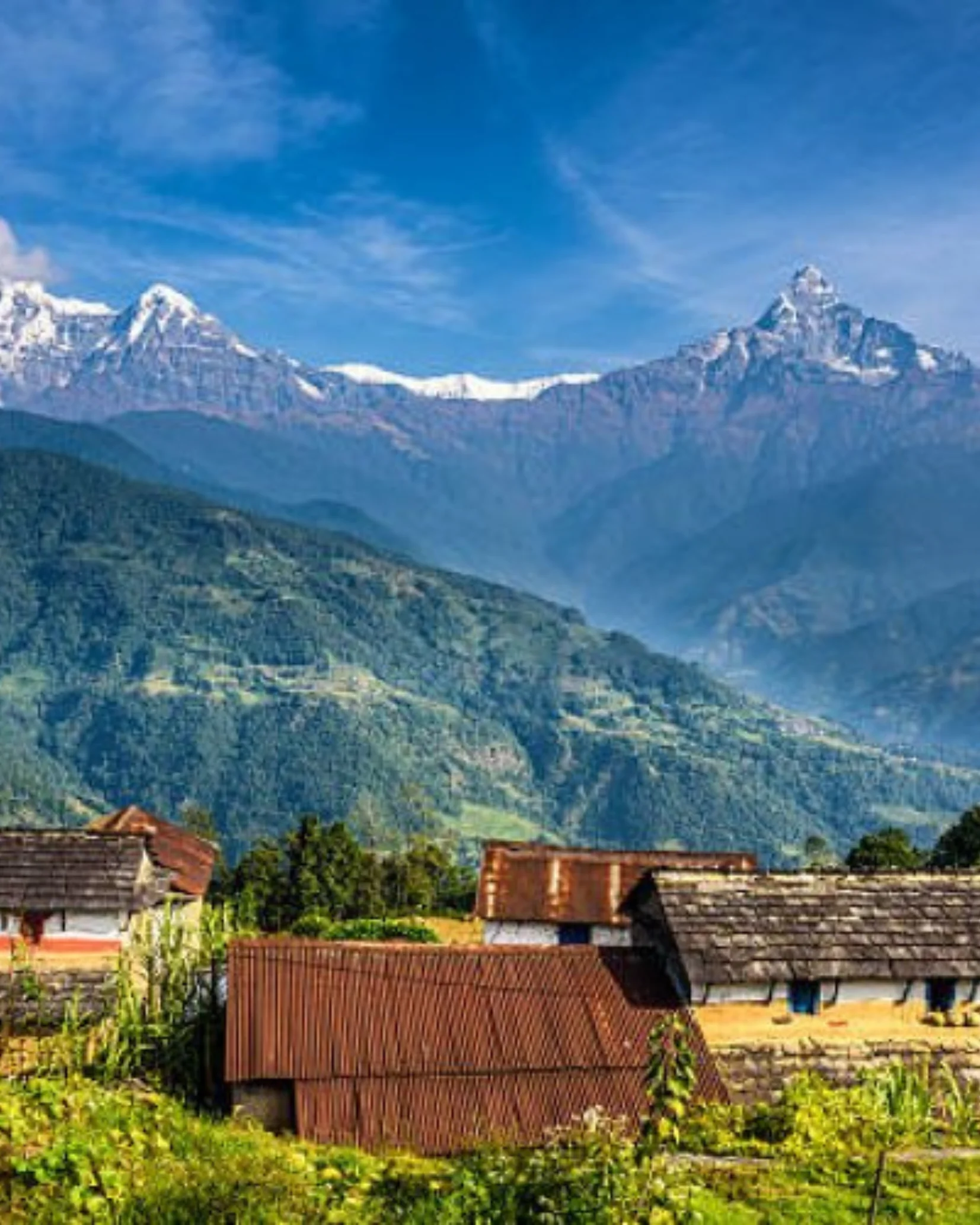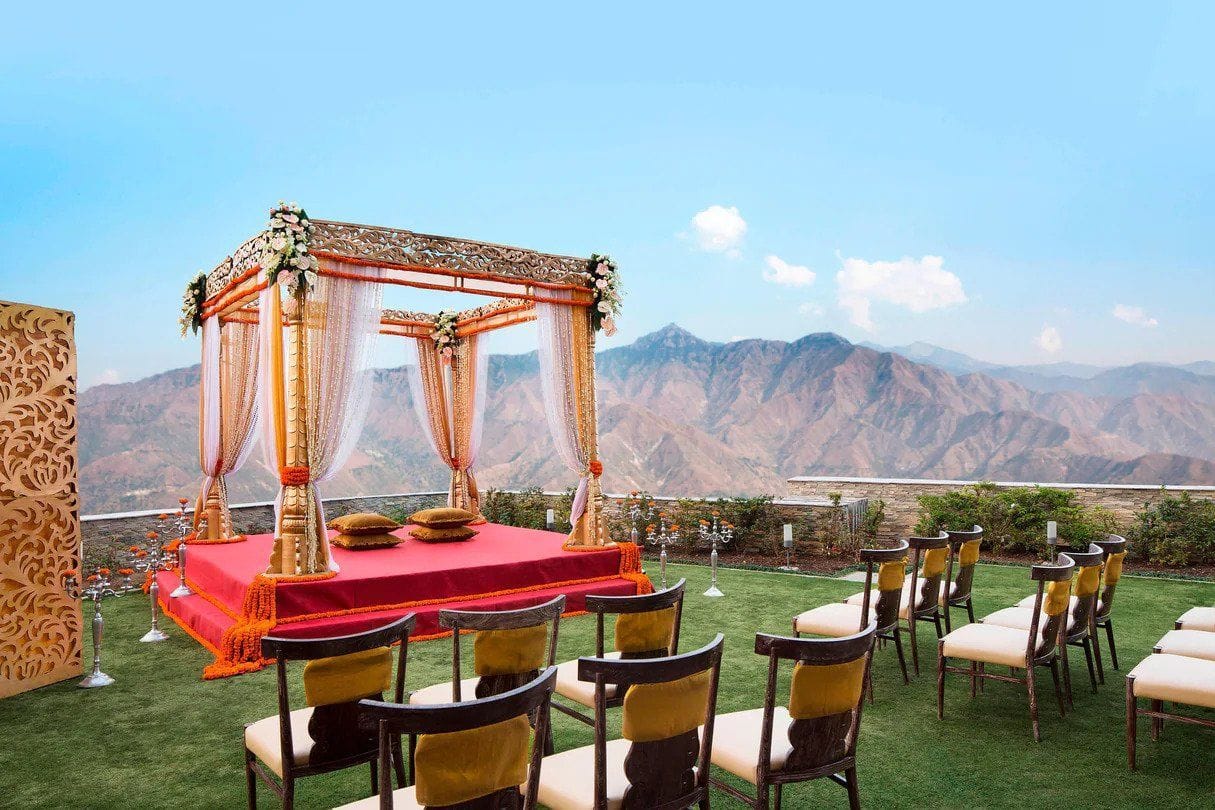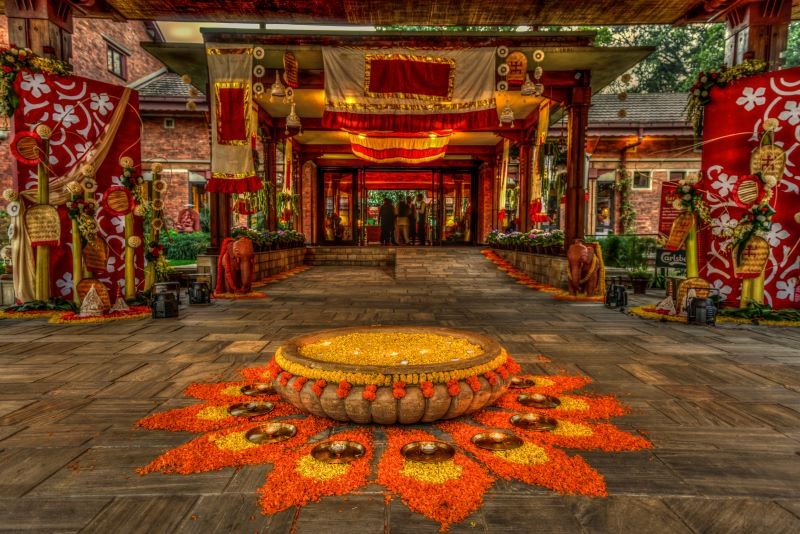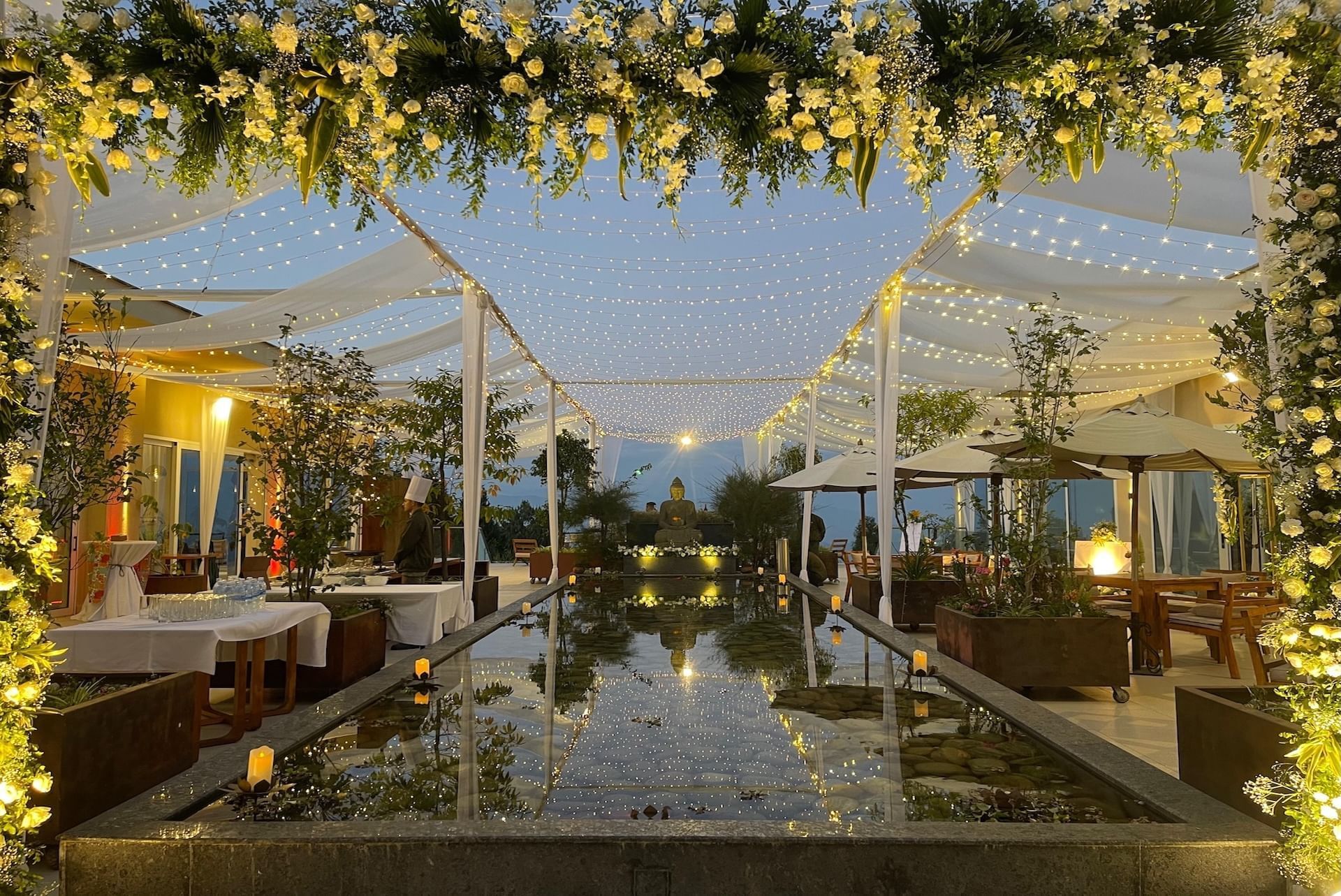Destination Wedding at the “Roof of the World” - NEPAL
Planning a wedding is a significant milestone in any couple’s life, but in a culturally rich country like Nepal, it becomes an even more extraordinary experience. Destination Weddings in Nepal here are more than just a union between two people—they are an elaborate celebration that embodies centuries of traditions, rituals, and familial connections. Planning and designing a wedding in Nepal involves a deep understanding of these traditions as well as modern-day trends. In this article, we explore the essential aspects of Nepal Destination Wedding Venue Packages, ensuring that the celebration is memorable, seamless, and perfectly tailored to the couple's vision.
1. Understanding the Cultural Significance
Destination Weddings in Nepal are steeped in cultural traditions, with significant variations depending on the ethnic background, caste, and religion of the couple. The majority of Nepali weddings follow Hindu customs, but Buddhist, Newar, and even Western-style Christian weddings are also prevalent.
In a traditional Nepali wedding, the rituals often span several days, beginning with pre-wedding ceremonies such as the Mehendi, Swayambar, and Haldi ceremonies, followed by the main wedding day and post-wedding functions like the Reception and Bidai. It is crucial to understand the importance of these events and how they fit into the overall structure of the wedding celebration.
-
Hindu Weddings: Typically consist of multiple rituals such as the Kanyadaan (giving away of the bride by her family), Mangal Fera (taking rounds around the sacred fire), and the Sindoor (marking the bride’s forehead with vermillion powder).
-
Newari Weddings: A distinct ethnic community in Kathmandu Valley, Newar weddings include unique customs like the Janti (groom's procession) and Ihi (mock marriage ceremony for girls before their actual wedding).
-
Buddhist Weddings: Focus more on simplicity and prayers, usually performed in monasteries or temples with blessings from monks.
Before planning a wedding in Nepal, it is crucial to have a firm grasp of the cultural significance of each ritual so that the wedding design reflects the traditions appropriately.
2. Choosing the Venue
Nepal offers a range of spectacular venues for weddings, from historic temples and royal palaces to luxurious hotels and serene resorts nestled amidst the Himalayas. The choice of venue sets the tone for the entire wedding, and it’s essential to select a place that aligns with the couple’s vision.
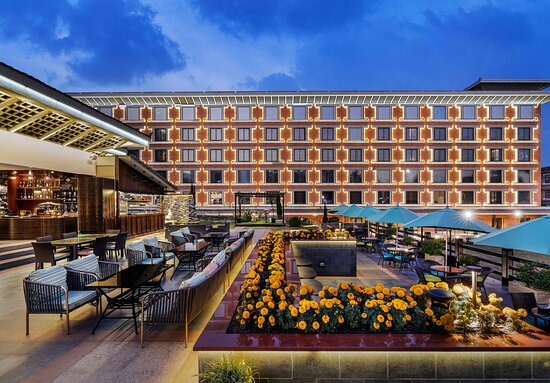
-
Heritage Venues: If you want to embrace Nepal’s rich cultural heritage, venues like Dwarika’s Hotel in Kathmandu, The Gokarna Forest Resort, or Namo Buddha Resort offer majestic settings with traditional Newari architecture and authentic Nepali elements.
-
Mountain Resorts: For those dreaming of a destination wedding with the Himalayas as a backdrop, resorts in Pokhara or Nagarkot, such as Fish Tail Lodge or Club Himalaya, provide breathtaking views of the mountains and pristine natural surroundings.
-
Modern Venues: Contemporary wedding halls like Hotel Yak & Yeti, Soaltee Hotel, or Hyatt Regency in Kathmandu offer world-class amenities, making them ideal for larger wedding functions.
-
When choosing, Nepal Destination Wedding Venue Packages, consider the size of the guest list, proximity to major cities (especially for guests traveling from abroad), and whether the venue can accommodate multi-day events.
3. Wedding Design and Décor
Wedding design in Nepal often revolves around blending traditional elements with modern aesthetics. The challenge lies in creating a cohesive theme that honors cultural roots while incorporating contemporary trends. Here's how you can approach wedding design:
-
Traditional Décor: Many Nepali weddings embrace rich, vibrant colors such as red, gold, and maroon, which symbolize prosperity and happiness. Traditional fabrics like Banarasi silk, intricate patterns, and floral garlands are often used to decorate mandaps (wedding altars), entrances, and stages.
-
Modern Touches: Incorporating modern elements such as LED lighting, floral installations, and minimalist table settings can add a touch of sophistication to the traditional décor. Trends like pastel-colored mandaps, cascading floral backdrops, or fairy lights can modernize the look while maintaining a traditional base.
-
Fusion Themes: Couples are increasingly opting for fusion themes, combining Nepali elements with international design concepts. This could mean mixing traditional Newari brass utensils with sleek, modern table arrangements or creating a mandap with bamboo structures and draped in contemporary fabrics.
4. The Role of the Wedding Planner
Given the complexity of Nepali weddings, hiring a Top Indian Wedding Planner in Nepal can be a great investment. A local wedding planner who understands both the cultural nuances and logistical challenges can ensure that everything runs smoothly. Their responsibilities may include:
-
Vendor Management: Wedding planners coordinate with caterers, decorators, photographers, and florists, ensuring that all details are in place. They often have established relationships with trusted vendors, which can save time and money.
-
Budgeting: From deciding on the venue to determining the type of entertainment, the wedding planner helps allocate the budget in a way that ensures a well-rounded experience without overspending.
-
Coordination of Events: Wedding planners manage the timeline and flow of events, from the pre-wedding ceremonies to the main wedding day and reception, ensuring all rituals are honored.
Top wedding planners in Nepal like Marriage Events Nepal, Subha Bibaha, and Nepal Wedding Planners have extensive experience and cater to both local and destination weddings.
5. Cuisine and Catering
Food plays a central role in Nepali weddings, and the cuisine is often a grand reflection of the couple’s cultural background. A typical Nepali wedding feast includes a lavish spread of local delicacies such as dal-bhat-tarkari, mo, sekuwa (grilled meat), and traditional sweets like lakhamari and jalebi. However, many modern weddings also offer a blend of Nepali and international cuisines, with live food stations for sushi, Italian pasta, and Indian street food becoming increasingly popular.
It’s essential to work with a caterer who understands both traditional Nepali dishes and modern global cuisine, ensuring a balanced and appealing menu for all guests.
6. Bridal Wear and Groom's Attire
For the bride, traditional attire often includes a red sari or lehenga embroidered with intricate gold designs, reflecting the auspiciousness of the color red in Hindu culture. In contrast, grooms typically wear a Daura Suruwal or a Sherwani.
However, modern brides and grooms in Nepal are increasingly opting for a mix of traditional and contemporary outfits. For instance, brides may choose lighter pastel lehengas or saris for the reception, while grooms experiment with fusion styles like pairing a Nepali Daura Suruwal with a modern blazer.
7. Entertainment and Photography
Entertainment is a key aspect of the wedding celebration. From live traditional Nepali music like Dohori and Sangini to modern DJ performances, entertainment options should reflect the couple’s style. It is common to incorporate cultural performances such as Lakhey dance or folk dances from different regions of Nepal to add a local flavor to the event.
When it comes to photography, choosing a photographer who understands the significance of the rituals and can capture both candid moments and traditional shots is essential. Leading wedding photographers in Nepal include Photoland, Wedding Diary Nepal, and Moments Wedding Studio.
8. Destination Weddings in Nepal
For couples looking for a destination wedding, Nepal offers unmatched scenic beauty combined with rich cultural heritage. From tying the knot near the lakeside in Pokhara to saying vows in the shadow of the Himalayas in Mustang or tying the knot at a heritage temple in Bhaktapur, destination weddings in Nepal are truly magical. Planning a destination wedding involves additional coordination, including travel and accommodation for guests, but the result is often a breathtaking celebration in one of the most unique locations in the world.
Conclusion
Wedding planning in Nepal is a blend of honoring traditions and embracing modern elements, making it a unique challenge that requires attention to detail and a deep understanding of cultural practices. With the right approach to venue selection, décor, food, and entertainment, a wedding in Nepal can be a grand celebration of love, family, and heritage. By working with experienced vendors and wedding planners, couples can ensure that their special day is both meaningful and flawlessly executed, creating memories that will last a lifetime.
